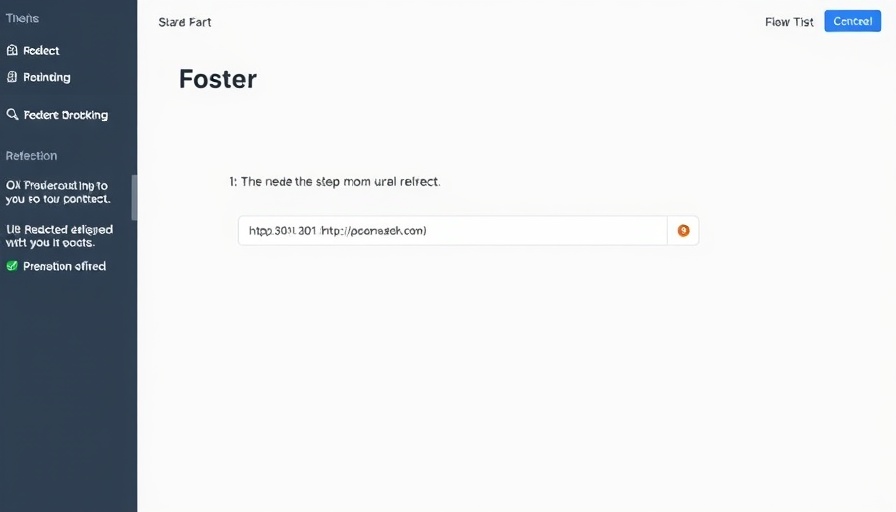
Why Email Newsletters Still Reign Supreme in Marketing
Email newsletters are a powerful and enduring tool in the marketer’s toolbox. With the bombardment of digital content that consumers face daily, newsletters provide a unique advantage—direct communication with a targeted audience eager for relevant information. Unlike updates on social media platforms driven by unpredictable algorithms, newsletters deliver content consistently and reliably, ensuring your brand remains top-of-mind.
Maximizing Returns: The Unmatched ROI of Email Marketing
One of the standout features of email marketing is its return on investment. On average, businesses can expect to see $36 generated for every $1 spent. This statistic underscores the importance of leveraging newsletters as part of a broader email strategy. By curating valuable content and engaging with readers, companies not only nurture their existing clientele but also attract new leads.
Engagement Strategies to Keep Your Audience Interested
To ensure newsletters remain engaging, marketers must adopt a strategic approach that prioritizes personalization and value. This goes beyond mere promotional messages. Creating content that resonates with subscribers—be it through educational resources, curated articles, or exclusive offers—can significantly enhance engagement rates. Offering tips, insights, and stories that align with your audience's interests helps build trust and loyalty. As a guideline, segmentation of your mailing list can inform tailored content, making each newsletter feel personalized.
Case Studies: Industries Leveraging Newsletters Effectively
Different sectors utilize email newsletters in unique ways, showcasing their versatility. For instance, in marketing and advertising, newsletters serve as platforms for drawing in new clients while solidifying existing relationships. Highlighting successful case studies and showcasing expert opinions positions agencies as thought leaders in a competitive field.
In retail, newsletters frequently deliver curated recommendations based on subscriber behaviors, which can enhance conversion rates and drive sales. Additionally, SaaS providers often use newsletters to share product updates and helpful resources, which prolongs customer engagement and aids in upselling. These examples reflect how sectors can tailor their approaches to maximize the effectiveness of their email campaigns.
Future Trends: What to Expect in Email Marketing
Looking forward, the email landscape will become even more intertwined with emerging technologies such as AI and automation. These advancements will streamline the personalization process, allowing for dynamic content delivery that adapts based on user interaction. Marketers can expect increased capabilities to assess metrics in real-time, optimizing their approach to customer engagement.
Common Misconceptions About Email Newsletters
Despite the clear advantages, misconceptions about email marketing persist. A prevalent myth is that newsletters are outdated or less effective due to the popularity of social media. In reality, email continues to be a vital communication channel with a more personal touch. It offers better control over branding and messaging than social platforms can provide, making it essential for businesses aiming for meaningful customer relationships.
Final Thoughts: Making Email Newsletters Work for You
In conclusion, the value of email newsletters in 2025 and beyond cannot be overstated. By crafting engaging, personalized content that speaks to the needs of your audience, businesses can reap the rewards of this powerful marketing tool. As you navigate the digital marketing landscape, consider how you can leverage newsletters to foster deeper connections with your customers and drive sustainable growth.
Now is the opportune moment to evaluate your email marketing strategy. Focus on integrating newsletters into your communications plan and gauge their impact on your business. The relationship you build with your audience through consistent engagement can lead to remarkable growth in the coming years.
 Add Row
Add Row  Add
Add 






Write A Comment